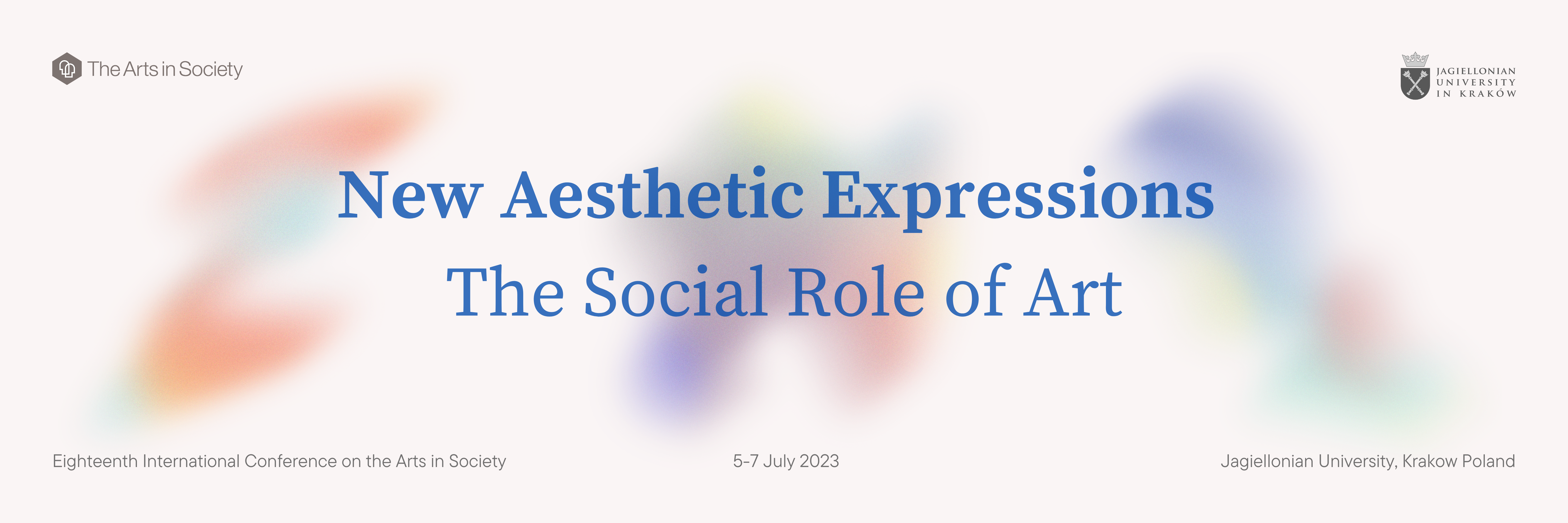New Aesthetic Expressions: The Social Role of Art

The practice, actors, and objects of art do not exist in a sociological vacuum. Each element draws its forms and content from symbolic resources, accumulated and transmitted through generations, reflecting specific contextual power relations within societies. Artistic creation also adds new meanings to such resources, thus acquiring the ability to transform social relations. Sometimes it is a message and an appeal obvious in its unambiguity, like the famous painting Liberty Leading the People by Delacroix or Revolutionary Etude by Frederic Chopin. In other cases, its work and activity take on a capillary character, as described by Michael Foucault. The arts' social nature is sometimes challenging to identify. Because of this, it creates and reflects social moods and emotions in a more ephemeral and elusive way, penetrating and taking root in the interstices of social structures, where, like a drop of water, it drills new channels for new aesthetic expressions and the realization of social needs. In these interstices, the power of symbols meets the symbols of power. Their fusions and transfusions rearrange the figures in a continuous dance of social existence. Thanks to these figures, it is possible to follow social values and hierarchies reflected in architecture, music, painting, literature, film, or everyday art such as fashion, advertisement, street, and applied art.
Let us meet in Krakow, the city symbol in itself, where art has been entangled in many forms of national, political, and ideological struggles for centuries.